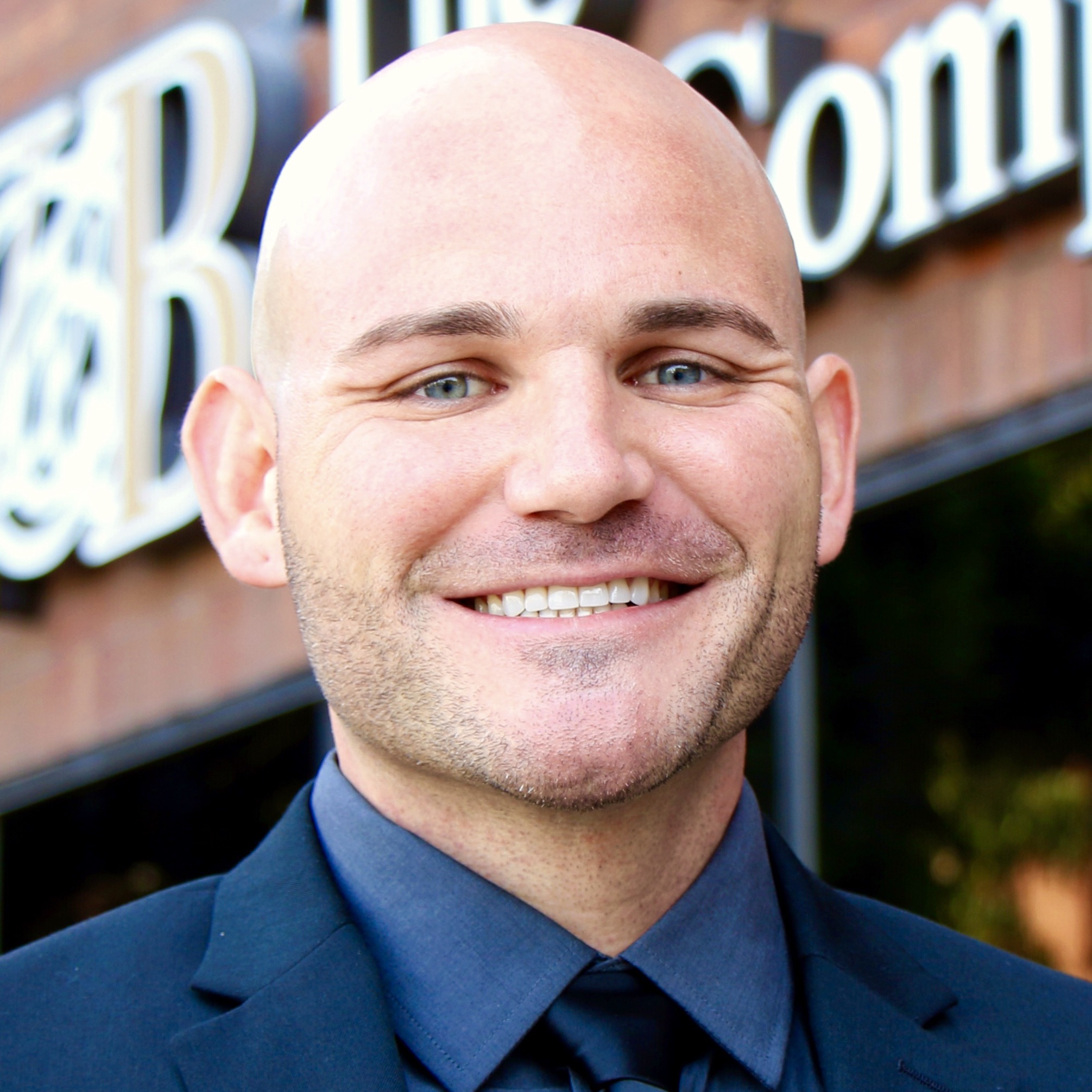How will it impact Group and Individual Health Insurance Markets?
By Paul Roberts
The Families First Coronavirus Response Act (FFCRA), signed into law in March 2020, created the first major lifeline for Americans during the onset of the COVID-19 pandemic. It particularly addressed the immediate needs of working Americans who had suddenly lost their paychecks and/or their jobs — and their subsequent eligibilities for health insurance. Now that the pandemic has reached its end (although COVID-19 remains a health issue), some of the changes created by FFCRA are expiring — especially for those covered by federal and state Medicaid programs.
Under the FFCRA, states were enticed to expand their Medicaid programs to ensure continuous enrollment of Medicaid enrollees during the COVID-19 National Emergency. Throughout the pandemic, Medicaid beneficiaries have remained enrolled in the program regardless of changes in income or status.
Medicaid is a federally facilitated, state-administered, jointly funded health care program for low-income American families, adults, children, pregnant women, elderly adults, and people with disabilities. While each state’s Medicaid program varies, Medicaid generally provides zero- or low-cost coverage to beneficiaries based on their household income. In California and most other states, residents are eligible for Medicaid if they have household incomes of up to 138% of the Federal Poverty Level (FPL). Although ineligible for Medicaid, earners with incomes between 138-400% of FPL are eligible for subsidies called Premium Tax Credits (PTCs), to help them pay the cost of Individual coverage purchased on a state exchange (such as Covered California).
California’s Medicaid program is called “Medi-Cal,” and it covers nearly one-third of the state’s population. California’s Medi-Cal program increased its enrollment by 16% during the pandemic.
Because of the impacts of the pandemic, many people became newly eligible for Medicaid. Due to the “continuous enrollment provision” and other COVID factors, enrollment in the program boomed. Between March 2020 and December 2022, Medicaid experienced a nationwide enrollment increase of 21.1 million Americans, bringing the total number of enrollees to approximately 92.3 million.
The Consolidated Appropriations Act of 2023 declared an official end to Medicaid’s “continuous enrollment provision,” and assigned it a sunset date of March 31, 2023. Beginning April 1, 2023, states could begin to “unwind” their more than three-year COVID protocol and resume Medicaid eligibility determinations — and subsequent disenrollments. The Kaiser Family Foundation estimates 5-14 million Americans will have coverage disrupted or eliminated entirely because of Medicaid “unwinding.”
California began its revaluation of Medi-Cal beneficiaries’ eligibilities in April 2023. Redeterminations are being processed monthly, beginning with people who enrolled in Medi-Cal in the month of June (of any year). June enrollees will have from the beginning of April through the end of June (approximately three calendar months) to recertify. Those who no longer qualify for coverage will be disenrolled from Medi-Cal effective July 1, 2023. California will continue these certifications on an ongoing, monthly basis until May 2024.
California law requires the state to enroll all Medicaid dis-enrollees in the lowest-cost silver Individual & and Family Plan (IFP) available to that person on Covered California — or the individual’s same managed care plan (if it is available). To qualify, the applicant must also qualify for PTC subsidies to help pay for some, or all, of the silver plan’s premium. Furthermore, enrollees can elect any IFP plan available to them within Covered California — including bronze, gold, silver, and platinum tier plans.
Disenrollment from Medicaid also triggers a qualifying event that establishes a Special Enrollment Period (SEP). Employees who waived job-based coverage because of ongoing Medicaid enrollment can utilize the SEP to enroll in their group health plans outside of Open Enrollment.
Federal law establishes a 60-day timeframe for SEPs, beginning on the day of the qualifying event. Those who find themselves ineligible for Medicaid (and subsequently disenrolled) with access to an alternate group plan – including a spouse’s or parent’s plan – will be impacted.
Those who do not respond to attempts for recertification will be disenrolled but may be eligible to enroll again — if eligibility is proven later, a Medicaid process called “churning.” The industry forecasts minorities and non-English speaking residents will be impacted the most by churning, because of address changes and/or the inability to understand the recertification procedure.
Any person covered by Medi-Cal should anticipate recertification and respond to notices in a timely manner. When switching from Medicaid to IFP or group insurance, consumers should be cognizant of provider networks, premiums, and cost-sharing within the health plan.
Tips for brokers
Group insurance brokers should educate their clients on these Medicaid unwinding principles, so they can anticipate a potential increase in enrollment and support requests for their group health plans. Furthermore, employers and their employees should be reminded that an offer of “affordable” coverage from an employer (of any size) disqualifies that employee – and potentially the employee’s entire family – from PTC eligibility on a state exchange.
An offer of coverage is considered “affordable” for the employee if the employee’s contribution for the lowest-cost, self-only premium (for a plan that provides minimum value) does not exceed 9.12% of the employee’s pay in 2023. Family coverage is considered affordable if the employee’s contribution for the entire family’s premium, based on the lowest-cost plan, does not exceed 9.12% of household income. That is a change resulting from the ACA’s “Family Glitch fix” in late 2022.

Paul Roberts, REBC, is senior director of Education and Market Development at the Word & Brown General Agency. Established in 1985 and headquartered in Orange, Calif., Word & Brown is one the state’s largest independently owned general agents. A highly active member of the National Association of Benefits and Insurance Professionals (NABIP) and California Agents and Health Insurance Professionals (CAHIP), Paul is a frequent speaker and educator to local association chapters across the country and has served in various association leadership roles.
Contact: www.wordandbrown.com
